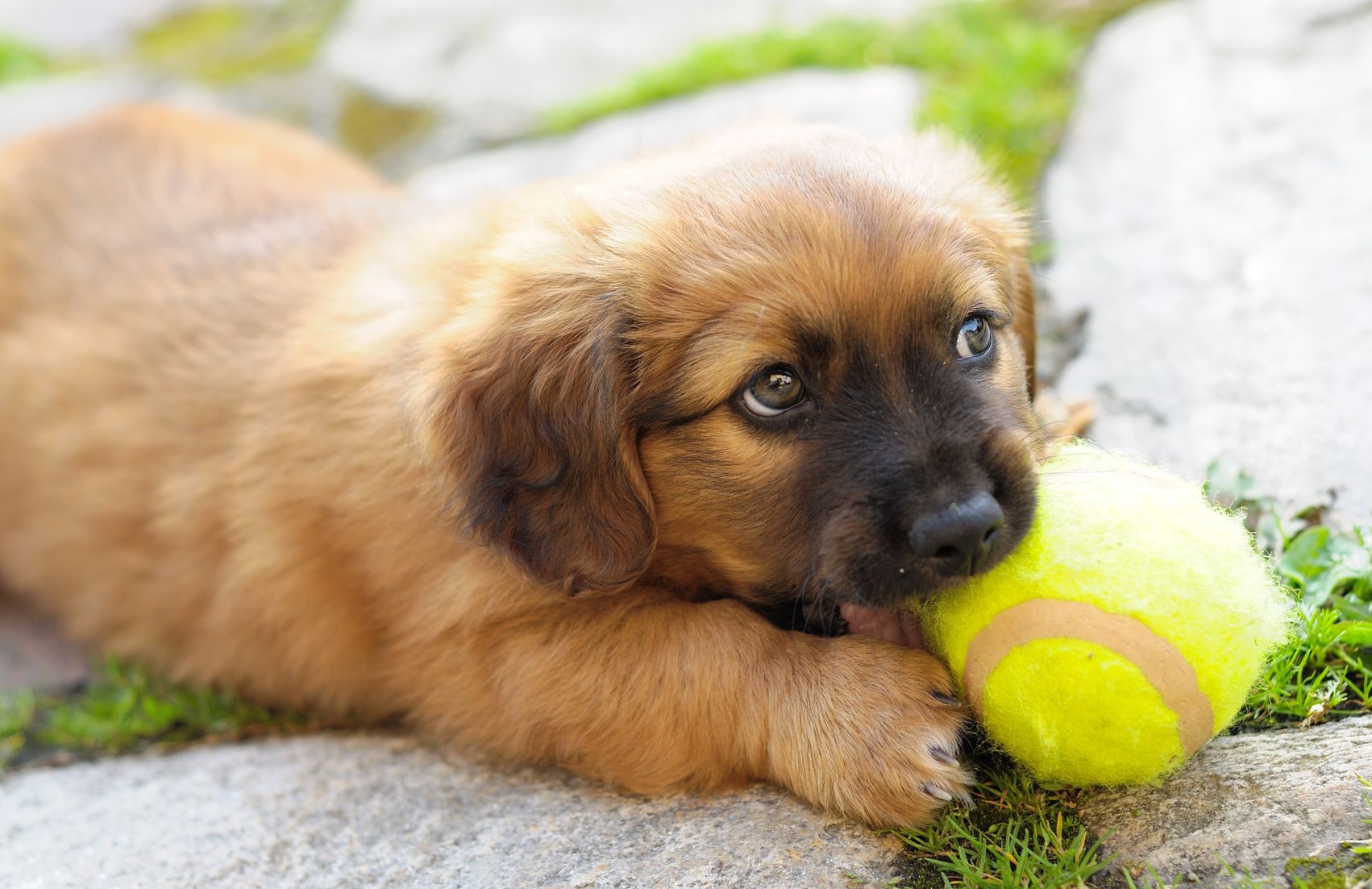Introducing a new puppy into the family is a joyful experience. So joyful, in fact, that many prospective owners may forget the two most important components of doing so: patience and preparedness.
The transition into a new home can be stressful on young dogs. Not only have they been placed in foreign territory—but they have been separated from the littermates and human companions to which they had become attached. Facilitating a smooth transition into this new environment is of utmost importance to your puppy’s behavior and emotional well-being.
Take Time to Bond
Preferably, the new addition should be brought home on a weekend when their owners can dedicate the most time and attention to them. Separation anxiety can impact a puppy drastically within the first few days. It’s important to provide your puppy with the security of your presence, and nighttime arrangements should take into consideration the loneliness your puppy might feel while everyone sleeps.
Get the Gear
Bringing home a new puppy should involve also bringing home new puppy toys, kibble, food and water bowls, a collar, and an ID tag. It is best to have all of these bases covered and arranged before welcoming the pup into your house. The less change that occurs while your puppy settles in, the more comfortable they are likely to feel. In addition to material preparations, the family should have an established idea of house rules, schedules, and responsibilities before getting a second dog.
Introducing New and Existing Pets
Most daunting of all, introducing a new dog often means unpredictable reactions from older pets. There is always a degree of uncertainty as to how well two animals will get along—but measures can be taken to help them make a good first impression on one another.
The two dogs will need to be introduced on neutral territory, which most usually calls for taking them outside. Each dog should be held on a leash and led slowly toward the other; let them set the pace of the interaction, and be mindful of negative body language. Positive reinforcement is also recommended during the first few meetings. For example, rewarding your pets with a treat when they behave well around one another builds positive associations between the animals.
Take it Slow
Just like people, every dog differs in personality and social disposition. Some dogs will immediately begin to bond, while others may take months to truly become comfortable with each other. In the meantime, it is crucial to monitor further interactions, until a familial level of ease has been reached.

